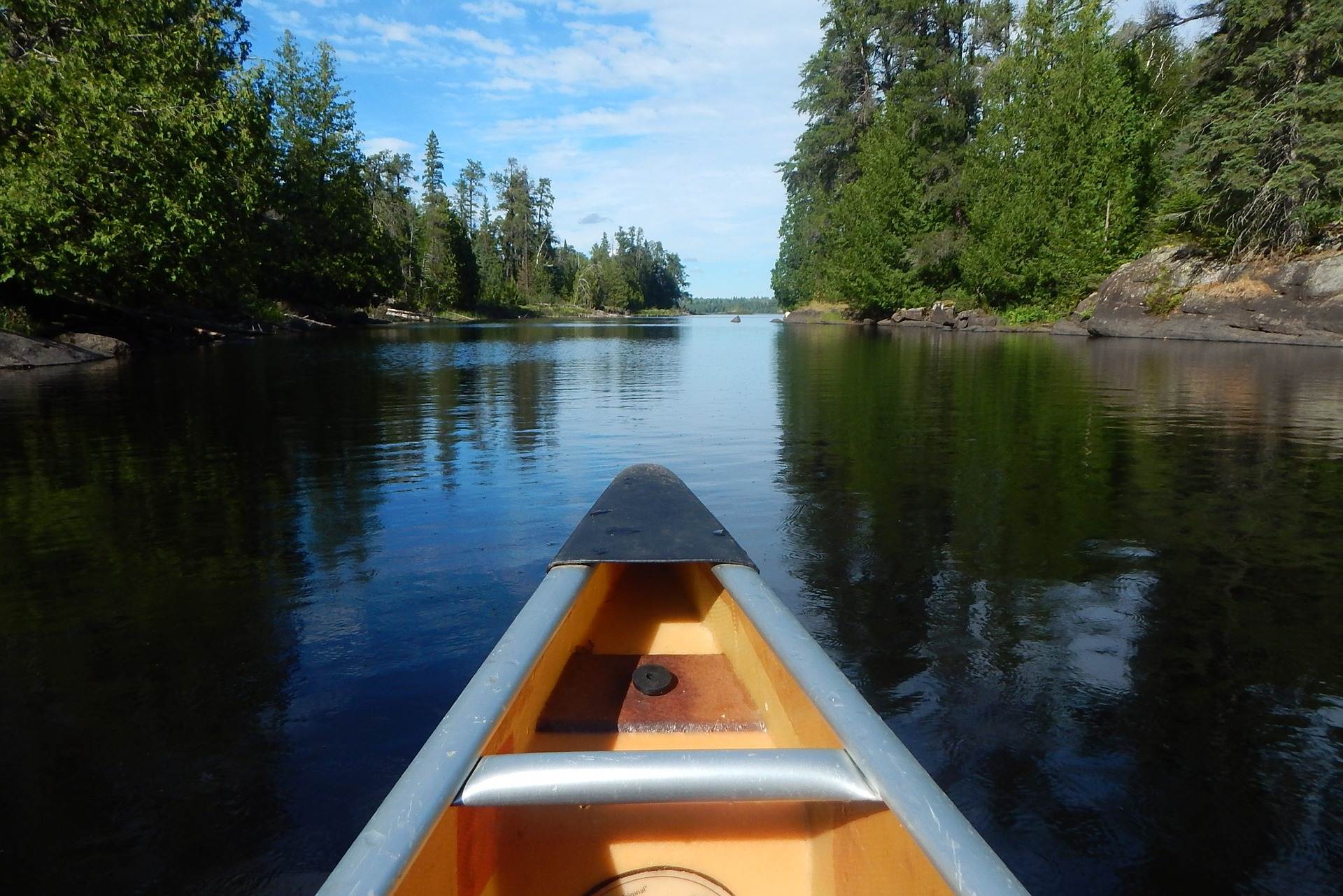Secrets Of Minnesota’s Boundary Waters Fur Trading Posts

Have you ever wondered about the hidden history of Minnesota's Boundary Waters? This area isn't just about stunning lakes and forests. It's also home to fur trading posts that played a crucial role in shaping the region. Imagine stepping back in time to the 1700s and 1800s, when trappers and traders navigated these waters, exchanging pelts for goods. These posts were bustling hubs of activity, where cultures met and stories unfolded. Whether you're a history buff or just curious, learning about these trading posts offers a unique glimpse into the past. Ready to dive into the rich history of the Boundary Waters? Let's get started!
Discovering Minnesota's Boundary Waters Fur Trading Posts
Minnesota's Boundary Waters offer a glimpse into the past, where fur trading posts once thrived. These historic sites provide a unique look at the lives of traders, Native Americans, and explorers. Let's explore some of the most fascinating fur trading posts in this region.
Grand Portage National Monument
Grand Portage National Monument is a must-visit for history buffs. This site was a major hub for fur trading in the 18th century.
- Historic Depot: The depot served as the main trading post where furs were exchanged for goods.
- Great Hall: This reconstructed building showcases artifacts and exhibits about the fur trade era.
- Stockade: Walk through the stockade to see how traders defended their valuable goods.
North West Company Fur Post
Located in Pine City, the North West Company Fur Post offers a detailed look at the fur trade's impact on the region.
- Visitor Center: Start your visit here to learn about the history and significance of the fur post.
- Reconstructed Trading Post: Step inside this authentic replica to see how traders and Native Americans conducted business.
- Living History Programs: Engage with costumed interpreters who bring the past to life through demonstrations and storytelling.
Snake River Fur Post
The Snake River Fur Post, also known as the Pine City Fur Post, is another important site in Minnesota's fur trading history.
- Interpretive Center: This center provides exhibits and information about the fur trade and its role in shaping the region.
- Reconstructed Post: Explore the reconstructed buildings to get a sense of what life was like for traders and their families.
- Guided Tours: Take a guided tour to learn more about the daily operations of the fur post and the people who lived there.
Sibley Historic Site
The Sibley Historic Site in Mendota offers a glimpse into the early days of Minnesota's fur trade.
- Sibley House: This historic house was once the home of Henry Hastings Sibley, a prominent fur trader and politician.
- Fur Trading Warehouse: Visit the warehouse to see where furs were stored and traded.
- Guided Tours: Learn about the history of the fur trade and the Sibley family's role in it through guided tours and exhibits.
Fort Snelling
Fort Snelling, located at the confluence of the Minnesota and Mississippi Rivers, played a crucial role in the fur trade.
- Historic Fort: Explore the fort's buildings and grounds to see how it functioned as a trading post and military outpost.
- Visitor Center: The center offers exhibits and information about the fort's history and its role in the fur trade.
- Living History Programs: Participate in living history programs to experience what life was like for traders, soldiers, and Native Americans at the fort.
Mille Lacs Indian Museum and Trading Post
The Mille Lacs Indian Museum and Trading Post in Onamia provides a unique perspective on the fur trade from the viewpoint of the Native Americans.
- Museum Exhibits: Learn about the history and culture of the Mille Lacs Band of Ojibwe and their involvement in the fur trade.
- Trading Post: Visit the trading post to see how goods were exchanged between traders and Native Americans.
- Cultural Programs: Participate in cultural programs and workshops to gain a deeper understanding of the fur trade's impact on Native American communities.
Reliving History in Minnesota's Boundary Waters
Minnesota's Boundary Waters fur trading posts offer a unique glimpse into the past. These historic sites reveal the rich tapestry of trade, culture, and survival that shaped the region. Visiting these posts, you can almost hear the echoes of traders bartering and the rustle of canoes on the water. The preserved artifacts and reconstructed buildings provide a tangible connection to a bygone era. Exploring these sites, you gain a deeper appreciation for the rugged lives of those who once called this wilderness home. Whether you're a history buff or just love the outdoors, these trading posts are a must-see. They remind us of the resilience and ingenuity of early settlers. So next time you're in Minnesota, take a trip to the Boundary Waters and step back in time. You'll leave with a newfound respect for the history that shaped this beautiful region.

